What are the functions of smart light poles
A smart light pole is a modern lighting device that combines intelligent technology. It has the following common functions:
Lighting control: Smart light poles can automatically adjust lighting brightness through sensors, photosensitive sensors, and other technologies, and automatically switch lights on and off according to changes in ambient light, improving energy efficiency.
Security monitoring: Smart light poles are usually equipped with cameras and monitoring systems, which can monitor the safety conditions of roads, public places, and other areas in real-time, and identify and alarm abnormal situations.
Environmental perception: Smart light poles can be equipped with various sensors, such as air quality sensors, temperature sensors, humidity sensors, etc., to monitor environmental data in real time and provide references for urban management departments.
WiFi coverage and information release: Smart light poles can also be used as WiFi hotspots to provide wireless network coverage within the city to facilitate citizens to access the Internet. At the same time, it can also publish announcements, advertisements, and other information through LED displays or speakers and other equipment.

Intelligent traffic management: Some smart light poles can also be connected to traffic signal control systems to monitor and regulate traffic flow and congestion, and optimize traffic management effects.
Emergency help function: Smart light poles have built-in emergency buttons or calling devices, which help citizens send help signals in emergencies and provide positioning information for timely rescue.
Charging facilities: Some smart light poles can also be equipped with charging piles to provide convenient charging services for electric vehicles.
Control principle of smart light pole
The control principle of smart light poles mainly involves the following aspects:
Power supply: Smart light poles provide power support through external power sources or built-in batteries. The external power source is usually the city's power grid, while the built-in battery allows the light pole to continue working during a power outage.
Intelligent control system: Smart light poles are equipped with intelligent control systems, such as microcontrollers (MCU), embedded systems, etc., which are used to process and execute various functions and operations of the light pole.
Sensor technology: Smart light poles are usually equipped with a variety of sensors, such as light sensors, human body infrared sensors, etc., to sense environmental changes and user behavior. These sensors can monitor data such as light and human flow, and trigger corresponding control actions based on set conditions.
Communication technology: In order to achieve intelligent control and management, smart light poles also need to have communication functions. Common communication methods include wired communication (such as Ethernet) and wireless communication (such as Wi-Fi, cellular networks, etc.). By connecting to the city network or cloud platform, functions such as remote monitoring, light brightness adjustment, and data collection can be realized.
Lighting control and adjustment: Smart light poles can control lighting according to different needs. Through the control system, the light switch, brightness adjustment, color temperature adjustment, etc. can be realized. These control operations can be automatically adjusted and optimized based on time, context awareness, or user demand.
Data analysis and decision-making: Smart light poles can also analyze and process data and monitoring results obtained by sensors to provide data on energy utilization, lighting effects, environmental monitoring, etc.
More Application-Related Electronic Components
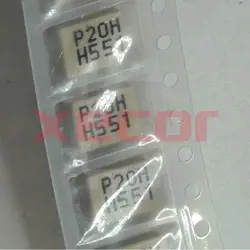
CPFC74NP-PS02H2A20
Common Mode Chokes Dual 200Ohm 20MHz to 300MHz 2A 0.12Ohm DCR SMD
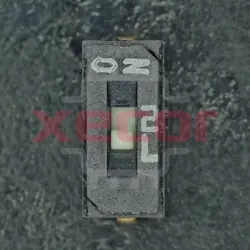
CHS-01TA1
DIP Switches / SIP Switches smd slide 1 pos., J hook, non-washable without seal tape
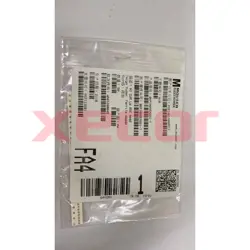
BKP1005EM221-T
Ferrite Beads Multi-Layer Power 220Ohm 25% 100MHz 1A 0.15Ohm DCR 0402 T/R
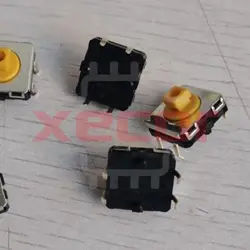
B3W-4055
Tactile Switches 12x12mm NoGroundTerm Prjctd 7.3mmH 350OF
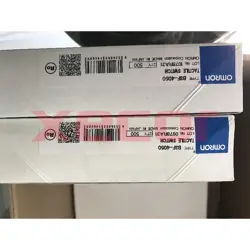
B3F-4050
Switch Tactile N.O. SPST Projected Plunger PC Pins 0.05A 24VDC 1.27N Thru-Hole Bag
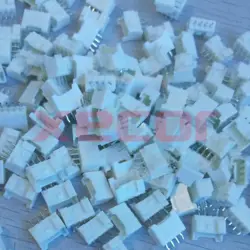
B04B-PASK
Connector Header Through Hole 4 position 0.079" (2.00mm)
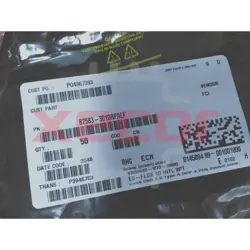
87583-3010RPALF
USB 2.0, Input Output Connectors, Receptacle, Type A, Standard, Right Angle, Surface Mount, Single Deck, 4 Positions
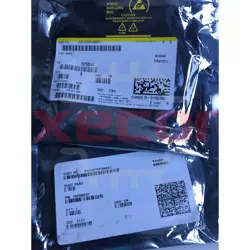
76PSB04T
Switch DIP ON OFF SPST 4 Piano 0.15A 30VDC PC Pins 2000Cycles 2.54mm Thru-Hole Tube
READ ALSO
-
How IoT solutions can help OEMs reduce costs in the aerospace industry Date: 04/10/2023
The potential of the Internet of Things in the aviation industry is endless. By effectively leveraging IoT, the aviation industry can focus on improving passenger safety, cost reduction, system maintenance, efficiency, safety, and customer experience.
-
How IoT is changing the healthcare industry Date: 04/10/2023
The adoption of the Internet of Things (IoT) has revolutionized the way the healthcare industry now works, as it has huge potential and multiple applications, from remote monitoring to medical device integration. In healthcare, IoT is used for interconnected medical devices like monitoring systems, sensor machines, and detectors that capture real-time health information and store it on centralized cloud/servers for later analysis to obtain Better healthcare services. All the big players in the i
-
IoT application processor chips and camera chips Date: 04/10/2023
In recent years, artificial intelligence technology and Internet of Things technology have gradually integrated and developed. Massive data is generated and collected through the Internet of Things and stored in device terminals, edges, and clouds. The data is then intelligently analyzed through machine learning, ultimately realizing the intelligent connection of all things data action, AIoT emerged as the times required. As the core component of AIoT equipment, the importance of chips has becom
